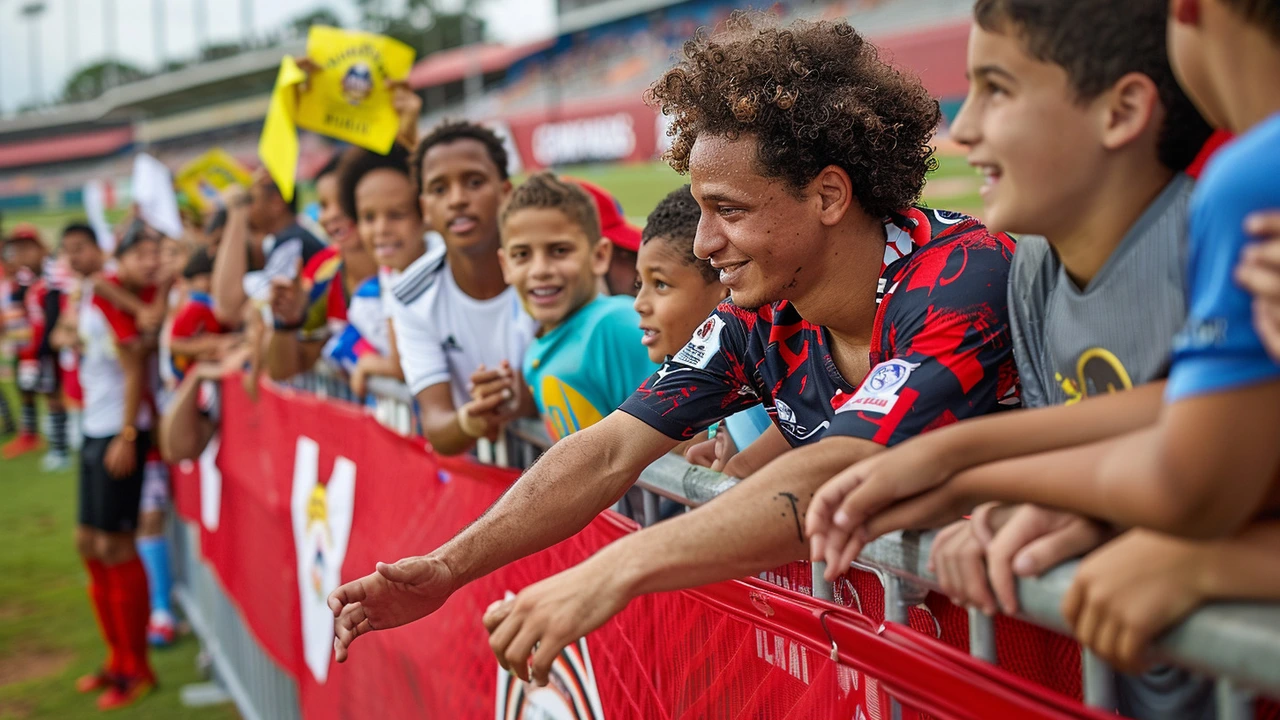MLS disdain: Why some fans aren’t sold on Major League Soccer
I get why people roll their eyes at MLS. The league feels different from Europe and South America, and that gap fuels criticism. But disdain comes from several real issues, not just snobbery. Here’s a clear look at what drives that mood and what could change.
Short seasons, playoff focus
MLS uses playoffs to decide champions. Fans used to a league table see it as unfair. Short seasons and balanced schedule mean teams face each other unevenly. That feeds a sense the competition isn’t pure.
Money rules, but not like Europe
Designated Player signings bring stars, yet most squads are built under tight salary rules. Salary caps, allocation money and roster limits aim for parity but frustrate fans who want big transfers. Teams also differ wildly in spending and ambition, so results feel inconsistent.
Travel and stadium quality matter too. Long flights and different playing surfaces can hurt the game’s flow. Some clubs still play in aging venues or share with other sports. Better facilities would cut complaints fast.
TV deals and visibility make a huge difference. When games are buried on obscure channels or odd hours, casual fans won’t tune in. That feeds a perception MLS is second tier. Smarter scheduling and streaming access would help growth.
Refereeing, VAR and style of play get slammed too. Inconsistent calls, slow VAR reviews and conservative tactics push viewers away. Fans used to fast, attacking football often see MLS as stop-start.
But there’s progress. Youth academies are growing, crowds in some markets are vibrant, and stars stay longer. The league is young; that means growing pains, not failure. If you care about better football, push for clear youth investment, better broadcasts, and sensible scheduling.
Want to argue with friends? Use facts: average age of rosters, academy graduates in first teams, attendance trends, and TV ratings. Those numbers show progress or point to real gaps. Arguments feel smarter with data.
If you’re on the fence, watch a few different clubs and youth matches. See how young players develop and how crowds react. You might still find things to complain about, but you’ll also spot changes that matter.
Policy changes could help quickly. Bring in a midseason cup that rewards form, relax roster rules for young homegrown players, and improve VAR transparency. Small fixes would change the product on the field and how people talk about it.
Clubs can do more community work. When teams feel rooted, fans forgive more. Community clinics, visible academy paths, and honest communication win trust. Fans don’t want perfect football, they want honest clubs.
Finally, remember context. MLS competes with long traditions in Europe and South America. It also fights for attention with other sports here. Comparing it directly to veteran leagues misses the point. Judge MLS on its own progress and the direction it’s heading.
Want a quick checklist? Watch youth starts, count academy graduates, check attendance trends, note broadcast quality, and follow transfer policies closely regularly.

Understanding the Brazilian Disdain for MLS: Cultural Pride and Sports Preferences
Brazilians view soccer as more than just a sport, often treating it as a religion. This strong cultural connection leads to a widespread disdain for Major League Soccer (MLS), as Brazilians perceive their soccer to be superior. This article delves into the cultural and societal reasons behind this sentiment, highlighting the factors that contribute to Brazilians' lack of enthusiasm for American sports leagues like MLS.